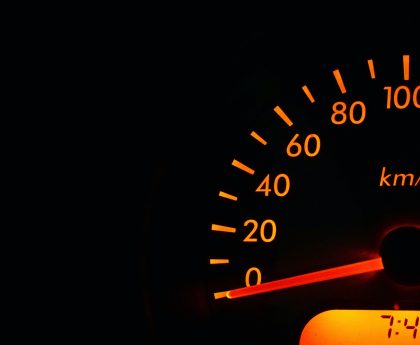
Fuel injection is the basic phenomenon which allows a vehicle to run. It allows the vehicle to burn fuel and obtains energy from it. The vehicle then converts this energy into kinetic energy and propels itself forward. Fuel injection is the insertion of fuel using a fuel injector into an internal combustion engine. In vehicles, this internal combustion engine is an automotive engine. Inside this engine, fuel undergoes combustion to liberate heat energy, most of which is converted to kinetic energy to propel the vehicle.
Fuel injection systems handle the task of introducing the right amount of fuel into the combustion chamber at the right time. Furthermore, fuel injection systems ensure that the fuel from the gas tank is properly and safely delivered to the engine. This segment is created to provide more information on what a fuel injection system really is.
- Fuel injection in diesel and petrol engines
All diesel engines utilize the process of fuel injection where fuel is atomized, to perform their task. Petrol engines can have a gasoline direct injection system or an indirect injection system.
- Gasoline direct injection system – In this system, fuel is directly injected into the combustion chamber and made available for combustion.
- Indirect Injection System – In this system, fuel is mixed with air before the actual intake stroke.
- Carburetors
The 1980s saw a new revolutionary part come up in petrol engines. This part was known as a Carburetor. The fuel injection uses the process atomization. It passes the fuel through a small nozzle under high pressure to atomize it. Carburetors, on the other hand, rely on suction created by the intake air which is then accelerated through a Venturi tube. This entire process draws the fuel into the airstream.
- Objectives of a fuel injection system
The roles of the fuel injection systems have been mentioned above. These systems were designed keeping some objectives in mind apart from their basic functionality. Those objectives are power output, fuel efficiency and emissions. Further, factors like reliability, maintenance cost, diagnostic capability, and engine tuning are also considered important.
- Benefits of fuel injection systems
Fuel injection has several benefits like better transient throttle response, easier cold starting, and more accurate adjustment to changes in air pressure, more stable idling, decreased maintenance needs, and much greater fuel efficiency. Fuel injection also eliminates the need for a separate mechanical choke in engines. Fuel injection systems increase fuel use efficiency and have safer and cleaner exhausts.
- Electronic Fuel Injection
Around the 1970s and the 1980s, the federal governments of several countries became aware of the pollution caused by vehicular exhaust. To combat this, they started imposing strict regulations on car manufacturers. To meet these regulations and norms, companies started producing more complex injection systems. These systems were costlier, but they provided a cleaner engine exhaust. Open-loop fuel injection systems improved cylinder-to-cylinder fuel distribution. Later closed-loop fuel injection systems came into being. They improved the air-fuel mixture control by using an exhaust gas oxygen sensor. Nowadays, all vehicles are equipped with a modern Electronic Fuel Injection system. This system has brought the entire process under electronic control.
The field of fuel injection systems has seen a continuous development throughout time. In recent times, multi-point fuel injector systems have come into being. These systems have drastically improved engine efficiency and the safety of the exhaust. To keep your fuel injection system and your engine running smoothly, it requires a certain level of upkeep. This upkeep should be handled by professionals as the Chevron Fast Lube does. Proper upkeep ensures that your engine functions optimally and lasts long.




